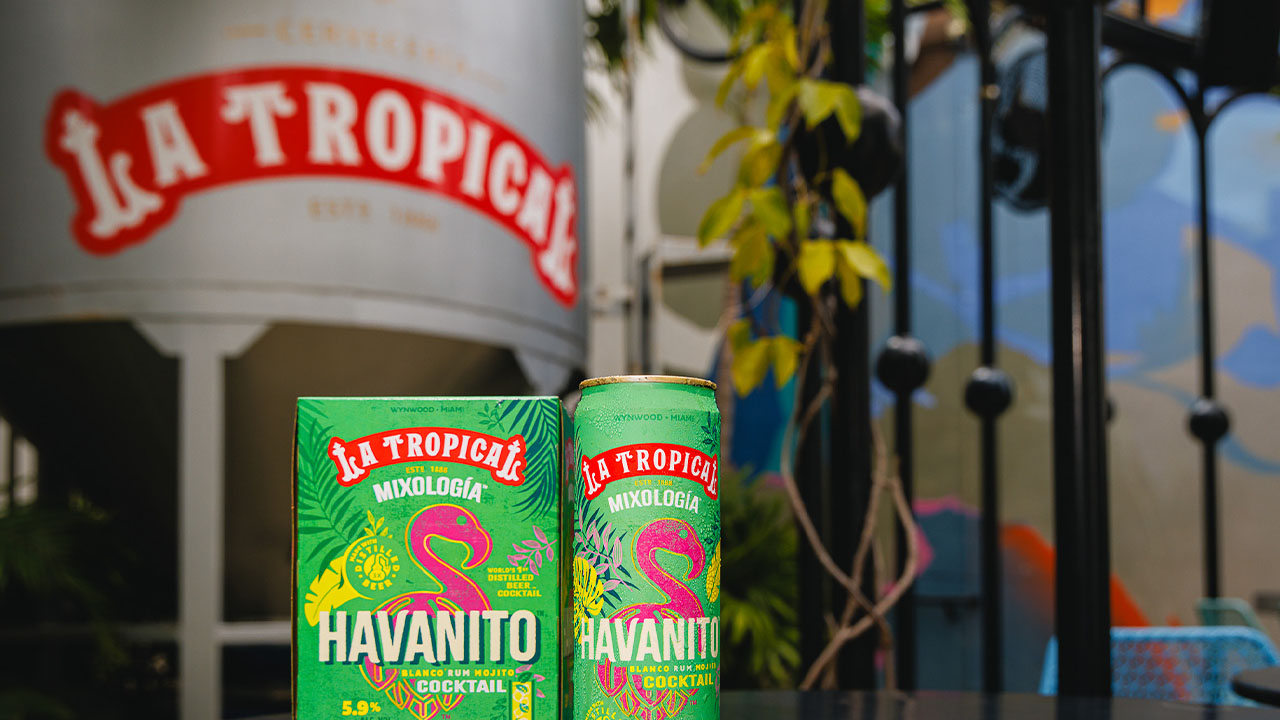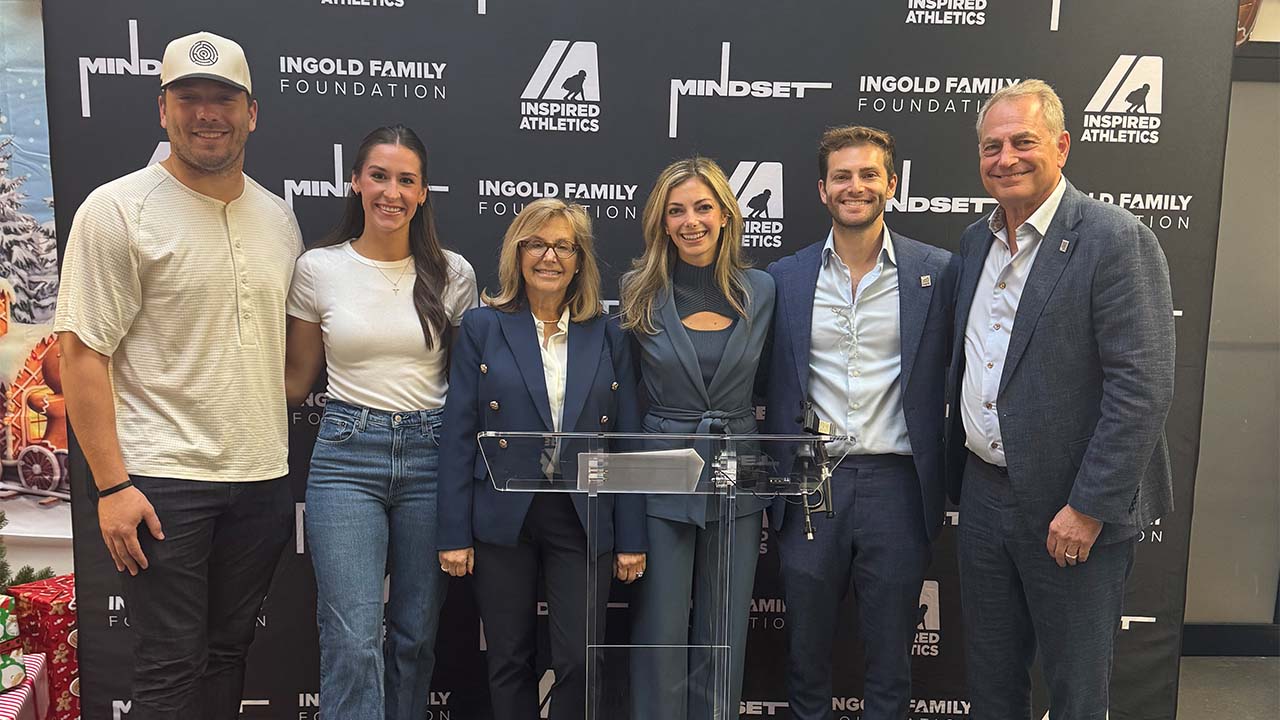In this installment of SFBW’s “Innovations in Health Care” series, we look at an unexpected way to treat strokes, a new device designed to help nursing moms, a less-invasive method of heart surgery, and a more-efficient form of radiation cancer therapy.
Alcohol abuse drug as stroke treatment
Strokes are the third-leading cause of death and disability in our the United States. One Florida Atlantic University professor has applied for a patent for a promising substance believed to reverse the brain damage caused by the affliction.
John Wu, a professor of biomedical science at FAU’s Schmidt College of Medicine, has been experimenting with an active metabolic product of a drug that has been used for more than 50 years to combat alcohol abuse—disulfiram, which is better known by its brand name, Antabuse.
Researchers have discovered the metabolic agent, called carbamathione, can be used to effectively treat conditions associated with hypoxia, a lack of oxygen to tissues, that occurs in a stroke.
Wu says the substance can reduce brain injury, even after the usual window for clot-busting treatment has passed. “The drug’s been very effective in restoring brain function both prior to and post-treatment,” he says. “It’s been demonstrated in several animal studies.”
Reduced oxygen flow caused by a stroke leads to harmful substances being released by the damaged cells. Carbamathione can block those harmful effects.
Proton therapy soon at Delray Medical Center
The South Florida Proton Therapy Institute at Delray Medical Center aims to begin treating cancer patients by the summer, says Tim Williams, the facility’s medical director.
Williams says this new technology has fewer side effects and is less harmful to the body than the traditional gamma rays used to shrink tumors. “Proton beams will reach a certain level in the body and stop,” he says, adding traditional radiation therapy beams pass through a patient’s body and exit the other side, potentially damaging surrounding tissue and organs. “Protons allow us the ability to increase the dose,” he says.
Proton therapy is particularly effective in treating solid cancerous tumors, including cancers of the brain, spine, head, neck, lung, prostate, colon and breast.
The new Delray machine will use pencil-beam, or targeted, scanning to deliver the proton therapy, Williams says. “It’s the newest evolution in technology,” he says.
Good news for nursing moms
Nursing mothers soon can enjoy the benefits of hands-free pumping of breast milk. Imalac, a Miami-based medical technology company, is working on a new product, called Nurture, which massages a woman’s breast mechanically while she’s pumping. Company co-founders Noreen Sablotsky and her daughter, Rachael Kish, have developed the product.
Kish says by using Nurture, nursing mothers will be able to increase milk production, reduce pumping time and decrease swelling. Working mothers in particular will benefit, she says. “They will experience truly hands-free pumping,” says Kish, who has two children with another on the way. “That was part of my issue. I had every intention of pumping and working at the same time. This product gets rid of the need to use your hands.”
Mother and daughter say educated moms in the workforce are those most likely to understand the health benefits of nursing for themselves and their babies. Nurture is compatible with most breast pumps available on the market, and comes with a special bra designed to be used with both the pump and the massage cups. Nurture was designed to replicate breast massage by hand while using a standard-action breast pump. The massage cups provide gentle massage around the entire breast.
New cardiac procedures lead to better results
It was 2003 when Joseph Lamelas, chief of cardiac surgery at University of Miami Health System, realized it was time to make cardiac procedures less invasive. “So many medical specialties were going in that direction,” he says.
He began performing many standard heart-related surgeries with a minimally invasive approach. This technique involves making less than a 2-inch incision between the ribs without breaking them.
“I wanted to make a difference in patient care,” Lamelas says. He since has performed 6,000 minimally invasive surgeries. In fact, the procedures he invented have been called “the Miami method” in the industry.
However, he discovered better surgical tools were needed to enhance his surgical techniques. So, he designed his own surgical instruments, which are now available and widely used by other surgeons.
Lamelas says minimally invasive procedures are the way of the future. “Everything is going in that direction. Surgeons need to jump on the bandwagon,” he says.
“There are no procedures that can rival this,” he claims. “There’s less chance for an infection, less wound issues, and a patient can mobilize quickly. Most go home in three days, and can resume normal activities in two weeks.”













